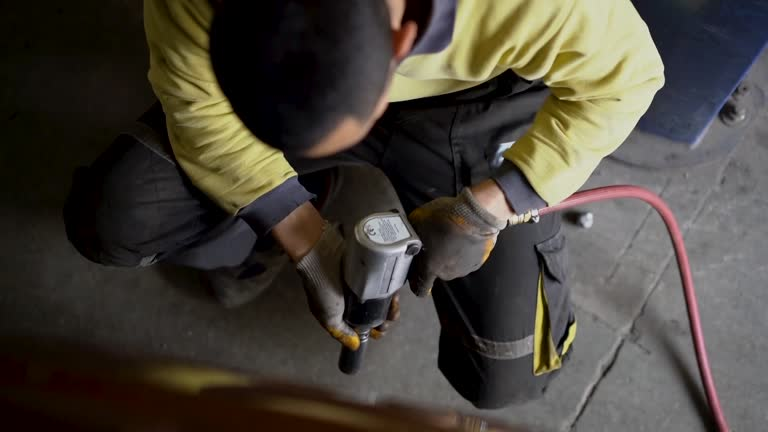Energy Efficiency in Strapping Tools: A Comparison of Pneumatic and Electric Options
- Views:0
- Author:Packaging
- Publish Time:2025-09-03
- Origin:site
When it comes to securing packages efficiently, the choice between pneumatic and electric strapping tools can significantly impact your operations. Understanding the energy efficiency of each option is crucial for making an informed decision that aligns with your business goals. Let’s explore the differences between pneumatic and electric strapping tools, focusing on their energy efficiency and overall effectiveness.

The Importance of Energy Efficiency
1. Cost Savings
Energy-efficient tools reduce operating costs, as they require less power to perform the same tasks. By choosing the right strapping tool, businesses can achieve substantial savings on energy bills.
2. Environmental Impact
Using energy-efficient equipment helps lower your carbon footprint. By minimizing energy consumption, your business contributes to a more sustainable future.
Pneumatic Strapping Tools: Pros and Cons
1. How They Work
Pneumatic strapping tools operate using compressed air to tension and seal straps. They are commonly used in high-volume applications due to their speed and efficiency.
2. Energy Efficiency Insights
Pros: Pneumatic tools often have lower initial energy consumption since they rely on compressed air, which can be more energy-efficient in high-volume settings.
Cons: However, they require a continuous air supply, which can lead to energy waste if not managed properly.
Electric Strapping Tools: Pros and Cons
1. How They Work
Electric strapping tools use electric power to tension and seal straps. They are known for their precision and ease of use, making them ideal for various applications.
2. Energy Efficiency Insights
Pros: Electric tools typically offer greater energy efficiency in lower-volume settings, as they only consume power when in use, reducing standby energy waste.
Cons: In high-volume environments, electric tools may require more energy compared to pneumatic options, especially if they need to operate continuously.
Comparing Energy Efficiency
1. Application Suitability
Pneumatic Tools: Best suited for high-volume operations where speed is critical, and air supply can be efficiently managed.
Electric Tools: Ideal for environments where precision and versatility are needed, particularly in lower to mid-volume applications.
2. Overall Performance
Both pneumatic and electric strapping tools have their strengths, and the best choice depends on your specific operational needs. Consider factors such as volume, workspace configuration, and energy costs when making your decision.
Choose the Right Tool for Your Needs
Understanding the energy efficiency of pneumatic versus electric strapping tools is crucial for optimizing your operations.
Whether you need high-speed performance or precision, we have the perfect strapping solution for you. Contact us today to learn more about our products and how they can enhance your packaging efficiency while saving energy!












